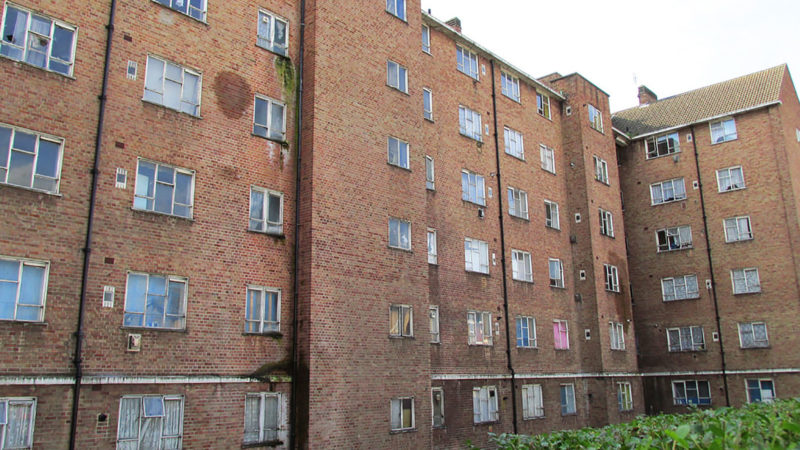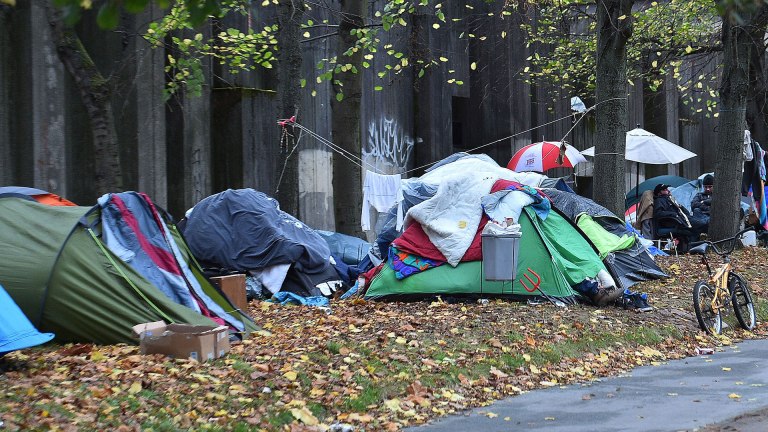Failure to build 100,000 social rent homes every year for the last two decades has cost tenants a combined £1.8bn, claims new research from the Local Government Association (LGA).
The local authority body is calling for the government to scale up house building after the number of social rent properties built each year fell from 40,000 to just 6,000 in 2017.
This has been a big contributing factor of Britain’s housing crisis, leading to rising waiting lists and more families forced into temporary accommodation and the more expensive and less secure private sector.
🏠🏠🏠
Building 100,000 government-funded social rent homes a year in the past two decades would have cut billions from the housing benefit bill.
Yes, you read that right – billions…
💷 💷 💷#SpendingReview | #CouncilsCan
Read the full story ⬇️ https://t.co/VzwKRdMUmY pic.twitter.com/6MolaXy9yp
— Local Government Association (LGA) (@LGAcomms) February 15, 2019
But the LGA has found that investing in the sector over the last 20 years to build 100,000 social rent homes annually would have found space for all housing benefit claimants by 2016. By halting the number of families heading into the private sector, the research estimate that claimants would have had an additional £1.8m disposable income to spend.
The government would have had to borrow an additional £152bn to foot the bill for building homes over the period – but each pound spent would have generated £2.84 in value.





